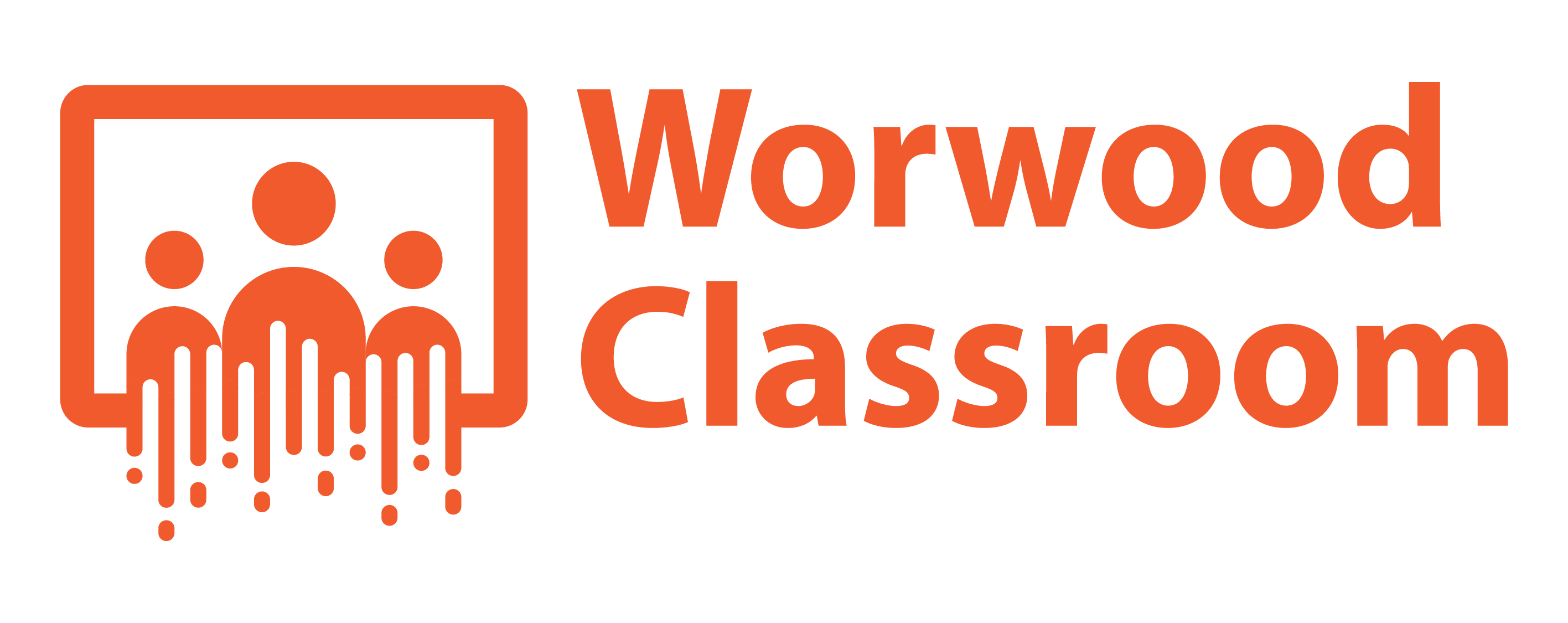How to think like a Futurist: A teachers guide to predicting AI-powered classrooms in 2033
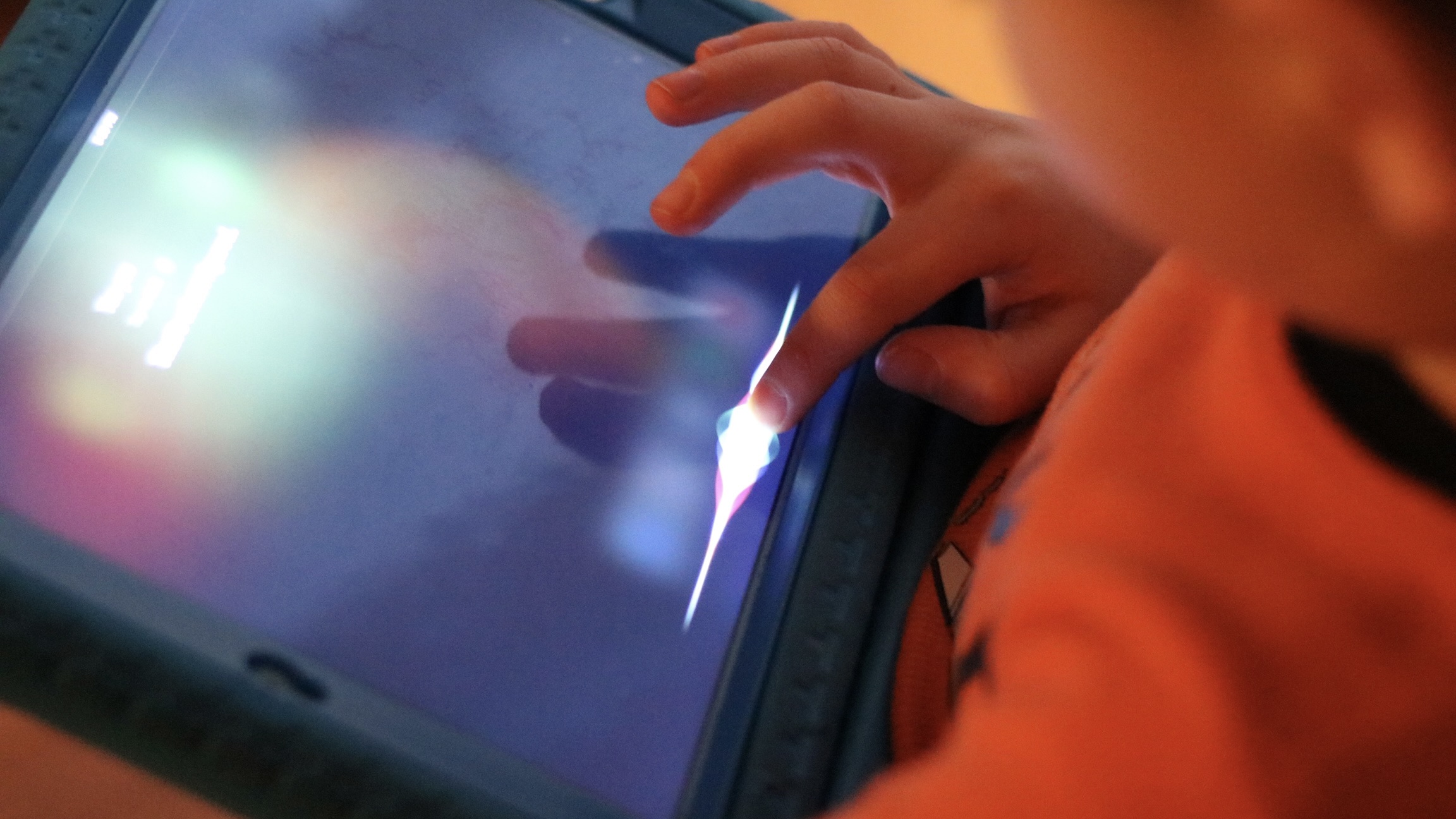
Collaboration with AI will likely require multiple domains of knowledge and further increase the need for higher-order thinking, particularly when it comes to creative and critical thinking.
Matthew Worwood Tweet
I wrote this article for an upcoming presentation that considered how educators might benefit from thinking like a Futurist as we work to predict how generative AI might impact The Future Creative.
The task of putting on this presentation provided me with an opportunity to engage in the activities associated with the actions of a Futurist.
Whenever I put together a presentation over 20 minutes, I want to make it interactive. So, I developed an activity titled “Think like a Futurist” with a link to that activity shared below.
ACTIVITY: Think like a Futurist
Next, I needed an easy way to share the link with participants, so I created a QR code and made this blog post to elaborate a little more on what it means to be a Futurist and why I think it’s helpful for educators to engage in some Futurist like activities occasionally.
Sadly, I had little time to produce the blog post before the presentation, so I collaborated with Chat GPT to create a draft post of what it means to be a Futurist and why it is crucial for educators.
I then wrote this introduction, illustrating some of the items I plan to showcase in this presentation. Reflecting on our past interactions with technology disruptors, what will drive the adoption of generative AI will center on three things:
- Efficiency
- Higher Quality
- Reducing human error
I do not think it is about replacing humans!
Collaboration with AI will require multiple domains of knowledge and further increase the need for higher-order thinking, particularly when it comes to creative and critical thinking; we (humans) will bring originality and determine the value of the work. However, using generative AI will also raise ethical concerns, perhaps centered on our motives, and flirt with a fine line between stealing, cheating, and causing harm.
Applying Roger’s Innovation Diffusion Theory (1962), I anticipate close to full adoption of AI tools by the year 2033 for those in the creative fields. However, I anticipate slower adoption in other fields.
I now pass over the rest of this article to my collaborative colleague, Chat GPT 3.5 (with some heavy editing from me – the human).
See Also:
Introducing AI Scenario Playquests
What is a Futurist?
Before we delve into why playing futurist is essential, let’s define what a futurist is. A futurist is someone who speculates and makes educated predictions about the future based on current trends, emerging technologies, and sociocultural shifts.
They analyze data, envision possibilities, and help organizations and individuals prepare for the challenges and opportunities that lie ahead.
Why play Futurist?
Playing Futurist is crucial for educators; it can reduce ambiguity and anxiety and help anticipate some likely changes or challenges facing the future of teaching and learning. It also serves as an activity for creativity; teachers must engage their imagination and generate ideas for future scenarios and then consider how those scenarios might play out with the integration of technologies like generative AI.
Predicting the Future
One area where futurism is particularly relevant in education is the integration of disruptive technologies like Generative AI. Generative AI, such as ChatGPT, has the potential to revolutionize the classroom experience. To foresee how these technologies might evolve in the future, let’s take some cues from futurists and explore five key activities available to us as experienced educators:
- Look at History: What can we learn from past digital disruptors? I look at the World Wide Web and argue that some things we are experiencing with platforms like ChatGPT have a close relationship with past experiences with the World Wide Web, significantly changing how we interact with information.
- Scenario Building: What different scenarios can you imagine for the future? I look at existing behaviors for how we interact with current technology and consider how these behaviors might manifest in scenarios using generative AI. I also look to Science Fiction – notably Star Trek!
- Trend Monitoring: What changes are we observing in similar work environments? Think about workflow; what tools are we using to improve efficiency and quality? Identifying patterns can inform future predictions. I subscribe to some trusted technology companies producing generative AI products and see how they are used and applied in the workforce.
- Seek Information: What have we learned from experts? What are they sharing? What are they exploring? What do we think? I listen to various podcast episodes, read some industry blogs, and review some research on creativity and AI.
- Listen: I listen to people’s concerns and ideas; we’re in this together, and our needs, wants, and perceptions for generative AI will likely influence how it is deployed in the future and what safeguards we might put in place to limit or support its influence in teaching and learning.
So, educator friends, let us put on our futurist hats to explore the possibilities of generative AI and embrace the future of education. It’s a journey filled with promise and potential, and we all have a crucial role in shaping it.
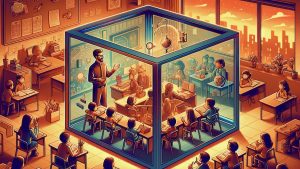
Thinking Inside the Box: Teachers as Designers
Teachers are designers. We even have a related field of study called instructional design. Design is about solving problems and solving problems within the constraints of a box. That’s why teachers must think inside the box.
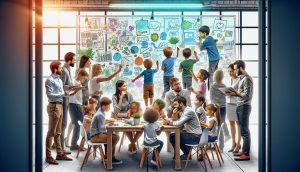
Evaluating our approach to teaching Divergent Thinking
Why it might be time to re-evaluate our approach to teaching Divergent Thinking in
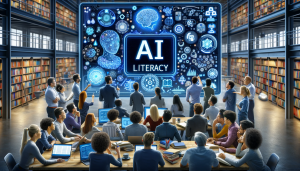
AI Literacy, Co-Creativity, and Generative AI
AI Literacy can help students know when they are most likely to experience errors, bias, and the potential for misinformation, which might help emphasize the value of human judgment. And understanding how generative AI uses prompts to make predictions can assist future creatives in ideation.
Matthew Worwood
I am a professor of Digital Media Design with a research focus on Design Thinking, Teacher Creativity, and technology-assisted creativity. I co-host the Fueling Creativity in Education podcast, blog at DadsforCreativity.com, and I have almost two decades of experience developing new innovative programs across the grades.
